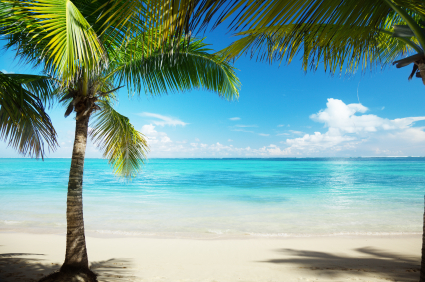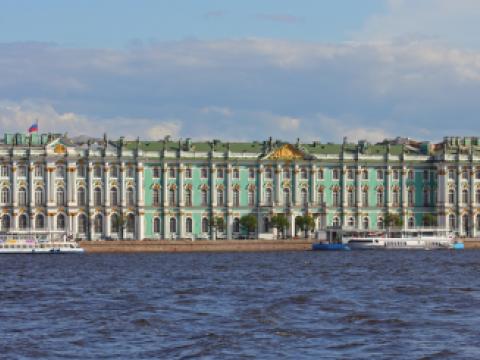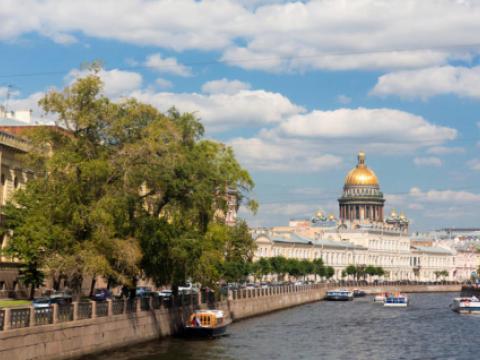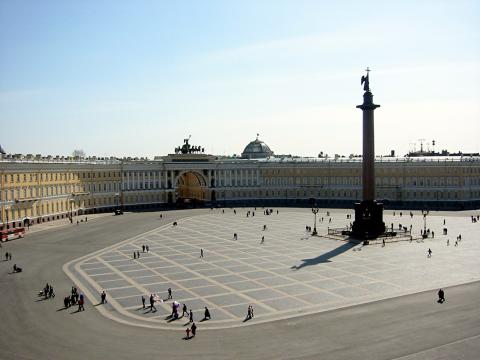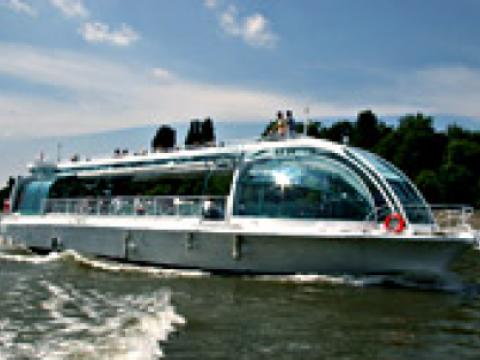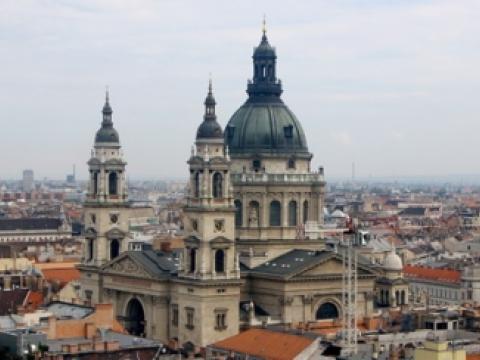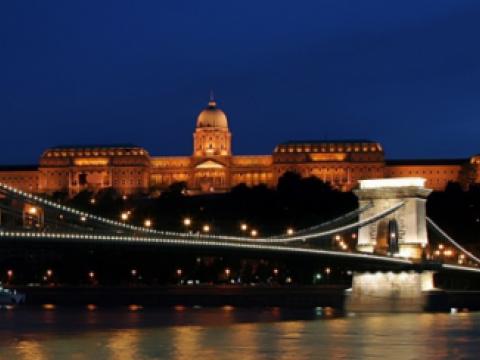Location
Cristo Redentor, A symbol of Brazilian Christianity is considered the largest Art Deco statue in the world. This 38 metres tall statue of Jesus Christ stands with arms outstretched to the city from above Corcovado mountain's staggering 700-metre elevation.
No trip to Rio is complete without a journey to this high-flying landmark, also widely recognized as one of the Seven Wonders of the World. The views from on top of Corcovado to the city in south and east are dazzling and so it´s good to wait for a clear day to come here.
The statue was constructed between 1922 and 1931 as a tribute that celebrates the Centenary of Brazilian Independence.
There are three ways to reach the statue: by tram, by car, or by foot.
Most popular and accessible way is the twenty-minute tram ride that winds through the Tijuca forest and up to summit.
The tram leaves from the station on Rua Cosme Velho every half hour, between 8:30 AM and 7PM, every day of the week. Cosme Velho is accessible via the Largo do Machado subway stop as well as the 442 and 498 buses. Address of the tram stop: Rua Cosme Velho, 513.
If you choose to go by foot, there is a road or hiking trail from Parque Lage, which is located in the Jardim Botânico district at the foot of the mountain. There are 220 steps to climb to reach the base of the monument.
The price for the tram ride and access to the Christ the Redeemer monument is R$43 for adults and R$21.50 for children.


